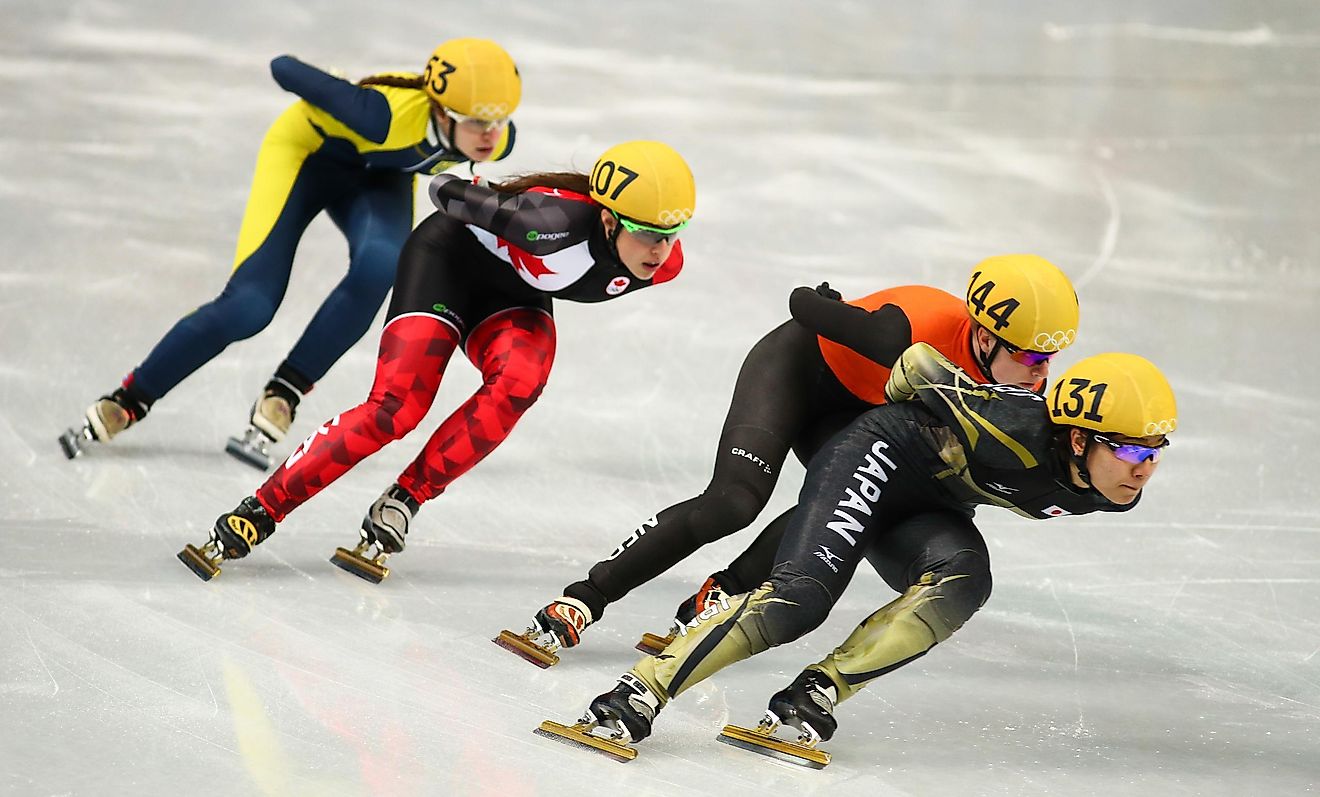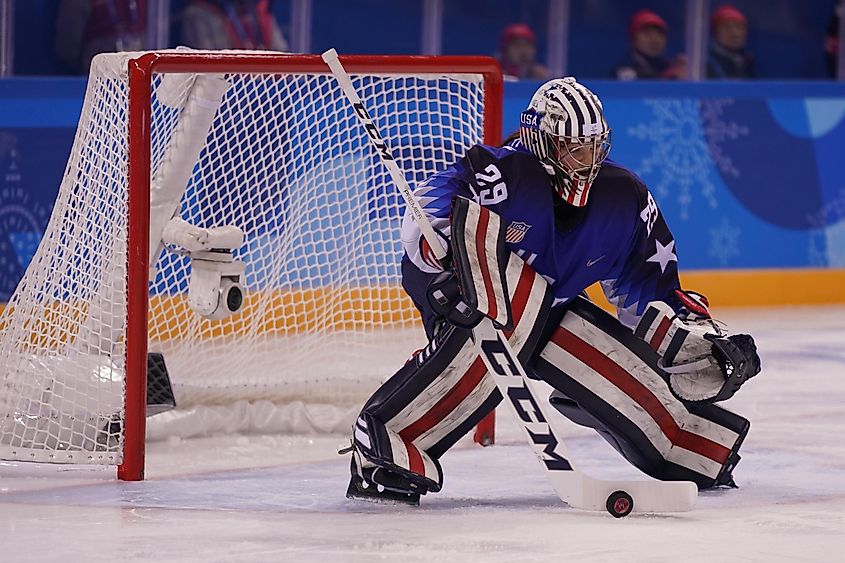Trends Of Increased Female Participation At The Winter Olympic Games

The XXIII Olympic Winter Games in Pyeongchang, South Korea recorded the highest female participation in the history of the Winter Olympics. 43% of the participants were women. The first Winter Olympics held in Chamonix, France registered the lowest female participation. Of the 258 athletes in attendance, only 11 were women, and all took part in figure skating. Every female participant was required to wear a skirt that was palm-width below her knee. Since then, the number of female participants has been growing, not only in the Winter Olympics but also in the Summer Olympics and the management of the games. As of 2017, 15 women sat on the International Olympic Committee (IOC). Of the 26 IOC commissions, seven were chaired by women.
History Of Gender Inequality At The Winter Olympics
Although the participation of women in both the Summer and Winter Olympics shows a positive trend, the journey towards gender equality has not been smooth. In 1896, Baron Pierre de Coubertin, the person behind the Olympic revival movement, stated that the organisms of women were not meant to sustain shocks. His words fueled the (false) belief that the uteruses of women would fall if they engaged in vigorous sports. Some sports at the Winter Olympics could not field female participants because they were considered either not fit for female participation or too dangerous.

The IOC targets an equal representation of women and men at the Olympics in both the Summer and Winter Olympics. The XXIII Olympic Winter Games in Pyeongchang prided itself on having the largest number of female participants (43%). The Sochi Winter Olympics in 2014 went into the history books for being the first Winter Olympics where women took part in every event that men took part in. Of the participants who took part, 40.12% were women. In the 2014 Sochi Games, women were allowed to participate in ski jumping for the first time. A Russian coach was quoted saying he wasn’t a fan of women’s ski jumping because women were more likely to suffer from fatal injuries than men. During the Sochi Winter Olympics, the performance of women in ski jumping was so exemplary that some men claimed that women had an aerodynamic advantage.
The Vancouver Winter Olympics in 2010 was attended by 2,566 participants, 40.73% of whom were women. The Lillehammer 1994, Nagano 1998, Salt Lake City 2002, and the Turin 2006 Winter Olympics all recorded women participation of over 30%. The first three Winter Olympics, Chamonix 1924, St. Moritz 1928, and Lake Placid 1932 all had less than 10% female participants.
Women in the 2018 Winter Olympics
The 2018 Winter Olympics recorded the highest number of female participation (43%). More countries are sending women to Winter Olympics, but some are still holding on to the idea that women are unfit to engage in some games. It was not until the 2010 Summer Olympics that women from Brunei, Qatar, and Saudi Arabia were permitted by their countries to participate in the Olympics. No woman from these countries has participated in the Winter Olympics. China remains the only country to have more female participants than men in the winter Olympics. Of the 2,922 participants in the 2018 Winter Olympics, 1,242 were women.
Trends Of Increased Female Participation At The Winter Olympic Games
| Rank | Games | Country | Percentage of Women |
|---|---|---|---|
| 1 | Sochi 2014 | Russia | 40.12% |
| 2 | Vancouver 2010 | Canada | 40.73% |
| 3 | Turin 2006 | Italy | 38.29% |
| 4 | Salt Lake City 2002 | United States | 36.93% |
| 5 | Nagano 1998 | Japan | 36.19% |
| 6 | Lillehammer 1994 | Norway | 30.03% |
| 7 | Albertville 1992 | France | 27.10% |
| 8 | Calgary 1988 | Canada | 22.07% |
| 9 | Sarajevo 1984 | Yugoslavia | 21.76% |
| 10 | Lake Placid 1980 | United States | 21.92% |
| 11 | Innsbruck 1976 | Austria | 20.46% |
| 12 | Sapporo 1972 | Japan | 20.44% |
| 13 | Grenoble 1968 | France | 18.19% |
| 14 | Innsbruck 1964 | Austria | 18.28% |
| 15 | Squaw Valley 1960 | United States | 21.65% |
| 16 | Cortina 1956 | Italy | 16.08% |
| 17 | Oslo 1952 | Norway | 15.71% |
| 18 | St. Moritz 1948 | Switzerland | 11.53% |
| 19 | Garmisch-Partenkirchen 1936 | Germany | 11.98% |
| 20 | Lake Placid 1932 | United States | 8.30% |
| 21 | St. Moritz 1928 | Switzerland | 6.07% |
| 22 | Chamonix 1924 | France | 4.15% |











